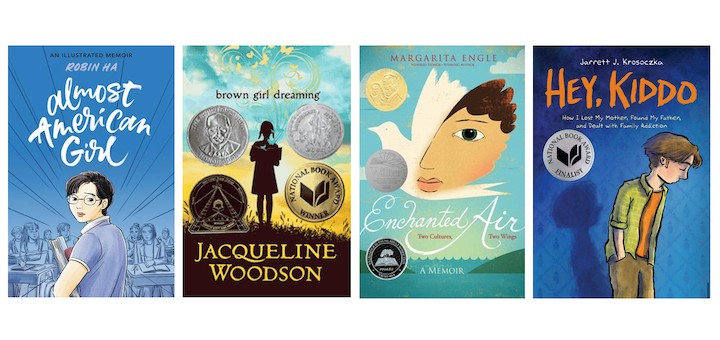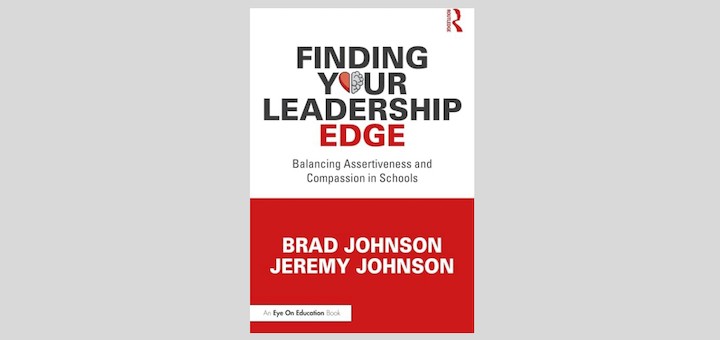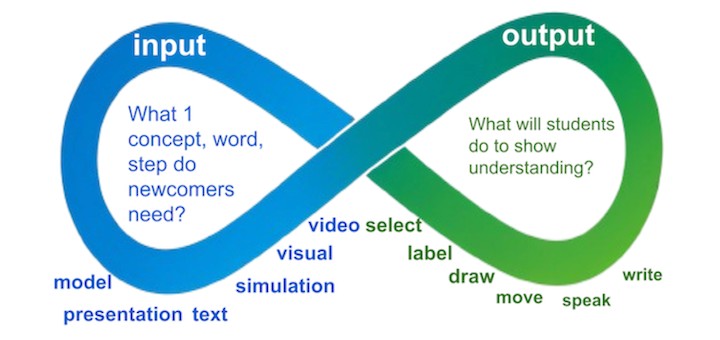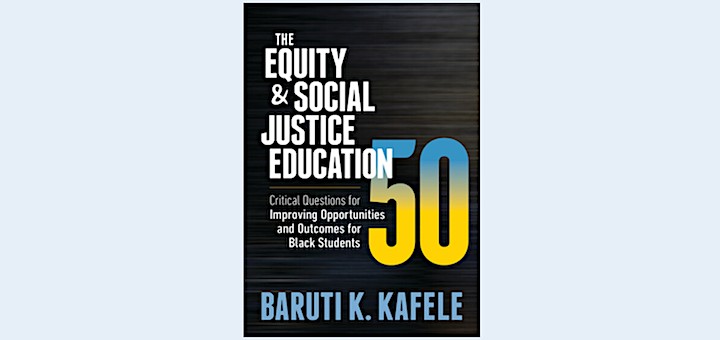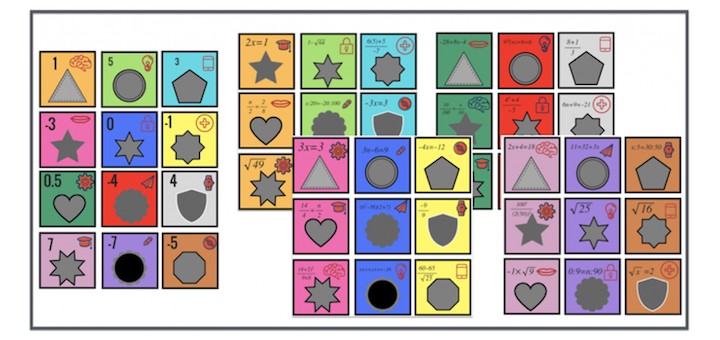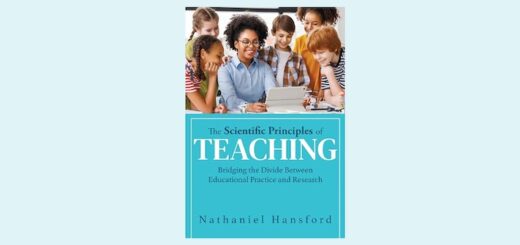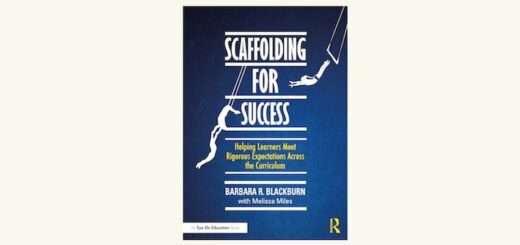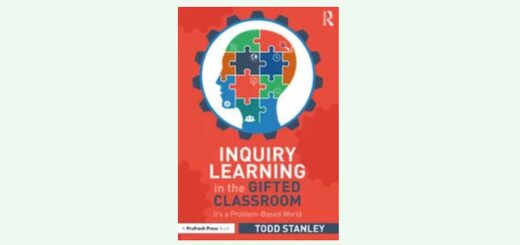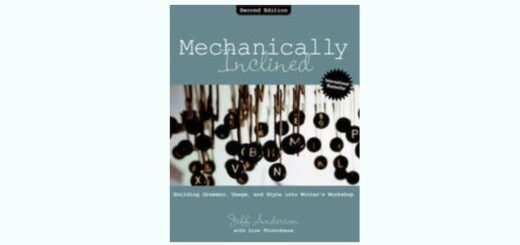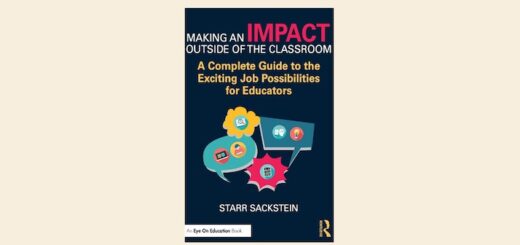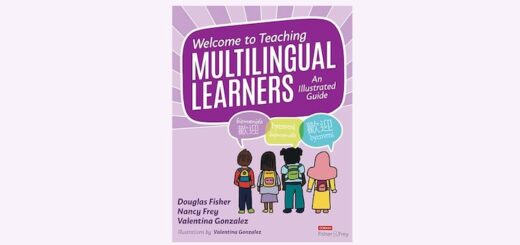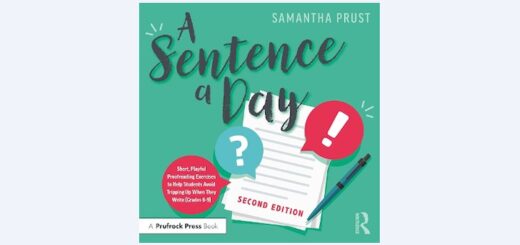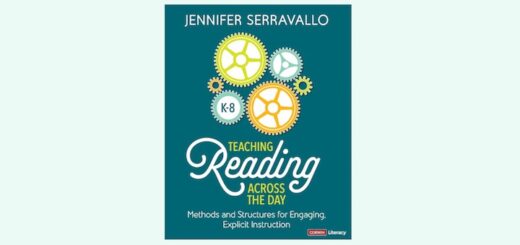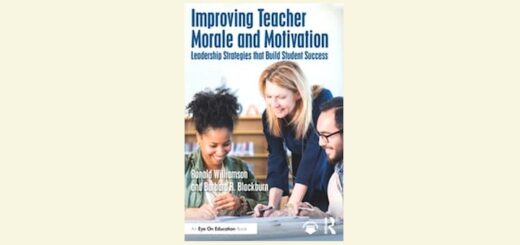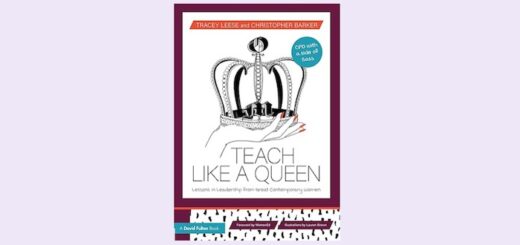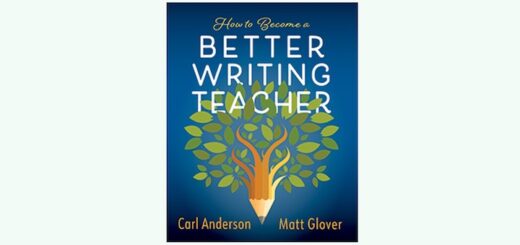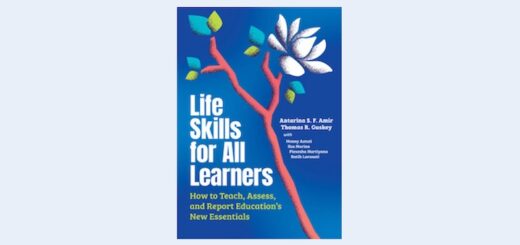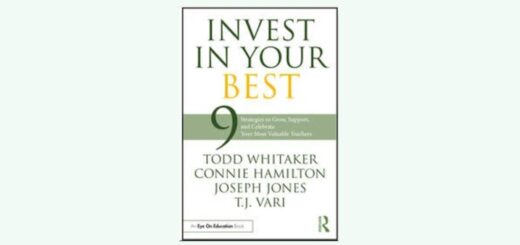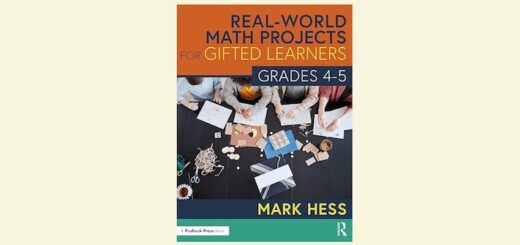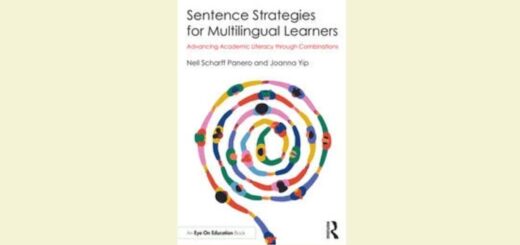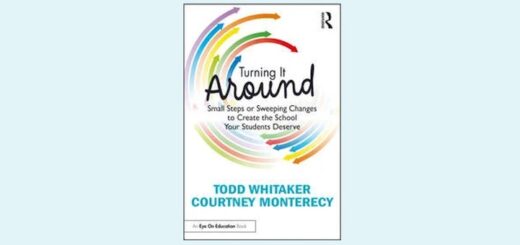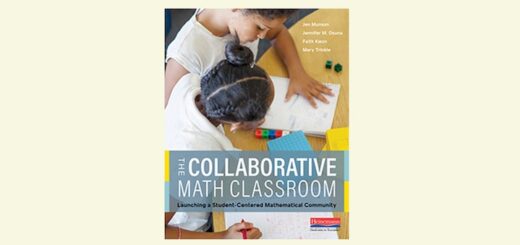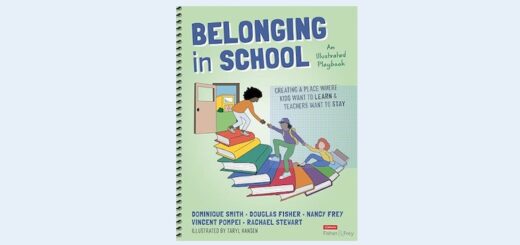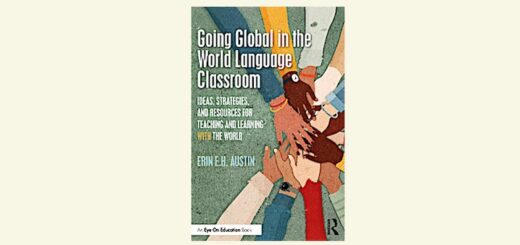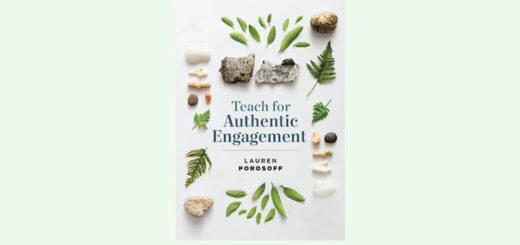Teaching and learning in grades 4-8
Exploring human experiences through personal stories promotes discussions that focus on facts and individual realities rather than generalizations and stereotypes and helps students develop empathy, compassion and understanding, writes Kasey Short. Reading suggestions included!
Effective questions build in opportunities to scaffold student learning. Teaching coach Barbara R. Blackburn suggests creating questions that encourage multiple answers, include hints and context, allow students to help each other, and provide a clear indicator of success.
A librarian introduces Mary Tarashuk’s 4th graders to The Christmas Menorahs: How a Town Fought Hate. Mary builds on the true story, taking its cross cultural message to social studies and ELA, and applies its story of rededication to her own teaching.
Beginning with reflective exercises to help readers identify their leadership tendencies, Brad and Jeremy Johnson offer a nuanced exploration of the tension between assertiveness and compassion in school leadership and then provide actionable strategies to achieve balance.
Kathie Palmieri has been exploring the significance of vocabulary and the use of context clues to decipher meaning across all the core subject areas. After researching and working with her own students, she shares her findings on the impact of word study on academic success.
Chunking alone won’t help multilingual learners with the deluge of new content they experience. Tan Huynh shares the Input-Output Loop, a strategy to make chunking more effective by assuring immediate processing time and segmenting content into units students can internalize.
Baruti Kafele’s motto,”If it impacts the students, we must be willing to discuss it,” really sums up what this book covers and what equity and social justice work is all about. We cannot continue with business as usual and think we will have better outcomes, writes Claire Stein.
Michelle Russell recently revisited random grouping for her math students and found the environment was much better. Students were talking more together, and there was more work being done during discovery activities and concept practice. Included: a free grouping card site.
Rather than despairing over grammar mistakes in their corrected papers, Jason DeHart suggests students can succeed in ELA by noting the varieties of sentences, talking about their impact on the narrative, and describing the feelings and actions these stylistic choices evoke.
Facing the ‘December Dilemma’ of how to include winter holidays in the instructional day? This MiddleWeb resource offers a multi-faceted look at religious and non-religious aspects of the season, legal issues, and some ideas for seasonal lesson planning.

